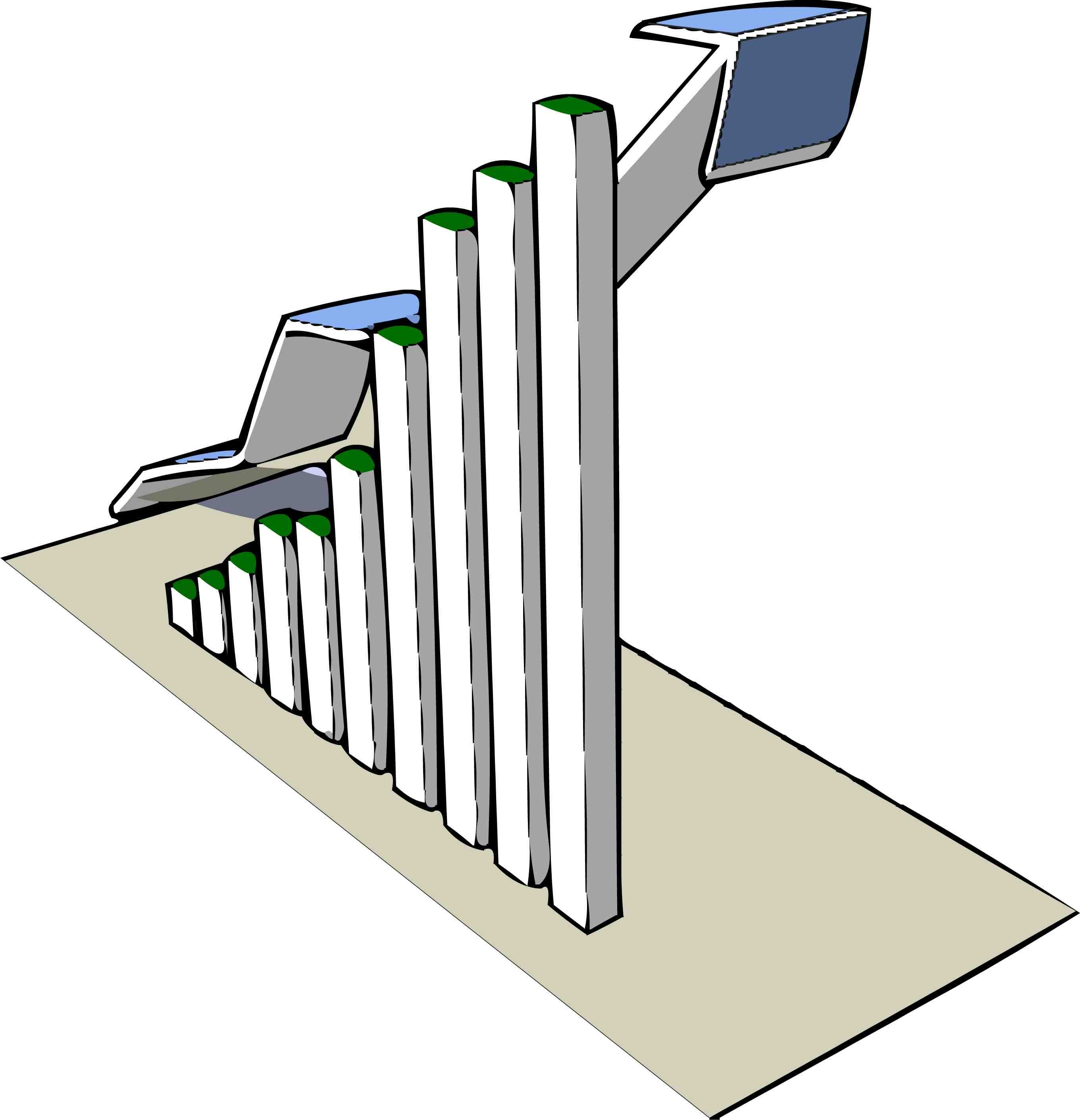
This has been revealed in a report prepared by the federal finance ministry. According to the report, Karachi is the most populous city of Pakistan with as many as 14.91 million people living in the city. The city has witnessed population growth of 59.8% during the last 19 years
Likewise, the population of Hyderabad city has increased from 1.16 million to 1.73 million in 19 years, resulting in a growth of 49.1%.
Between the last two censuses, the population of Lahore city increased by 116.3% from 5.14 million to 11.12 million.
Increased urbanisation in Pakistan has significantly impacted the country's economy and demographics. As urbanisation takes police, major shifts occur in labour market opportunities, family structures, education and health management, environment, security systems and governance. Therefore, it is important to undertake studies to understand the changes required in policies due to the ongoing urbanisation.
Rising poverty, population, climate change a threat to Pakistan’s future
According to the housing census 2017, the population of 10 major cities of Pakistan has increased by 74% compared to the 1998 census. The urban population shows a growing trend as now 36.38% of the population is living in the urban areas. Greater employment opportunities in cities is a major reason behind the continuing migration of people from rural areas to urban centres.
In an effort to curb the ever-increasing burden on the urban areas, the government has taken different measures, one of which is the establishment of the Centre for Rural Economy (CRE). The overall goal of the CRE is to improve sustainable and inclusive growth in the rural areas. The core objectives of the centre include reduction of rural poverty, improvement in food security, providing social protection, generation of gainful employment in rural areas and reduction of rural-urban gaps.
The population census is an important source to measure the composition of a population and its distribution. The sixth national population and housing census was held in Pakistan after a lapse of about 19 years. The census was carried out in two phases. The first phase started on March 15 2017 and lasted till April 15 2017, while the second phase ran between April 25 2017 and May 25 2017.
Provisional results of the census have been revealed, according to which an increase of 57% in the total population of the country, excluding Azad Jammu and Kashmir and Gilgit-Baltistan, has taken place. The total population is now 207.77 million in comparison to 132.35 million in 1998. The nationwide average household size is of 6.45 persons.
Census results before govt by April end: Statistics secretary
The growth of population in the urban areas has been estimated at 2.7% in the provisional results of the current census, which is higher than the population growth rate in the rural areas, which is 2.23%.

1732869272-0/diddy-(47)1732869272-0-165x106.webp)


1732865144-0/BeFunky-collage-(5)1732865144-0-165x106.webp)
1732861143-0/Untitled-design-(73)1732861143-0-270x192.webp)











COMMENTS
Comments are moderated and generally will be posted if they are on-topic and not abusive.
For more information, please see our Comments FAQ